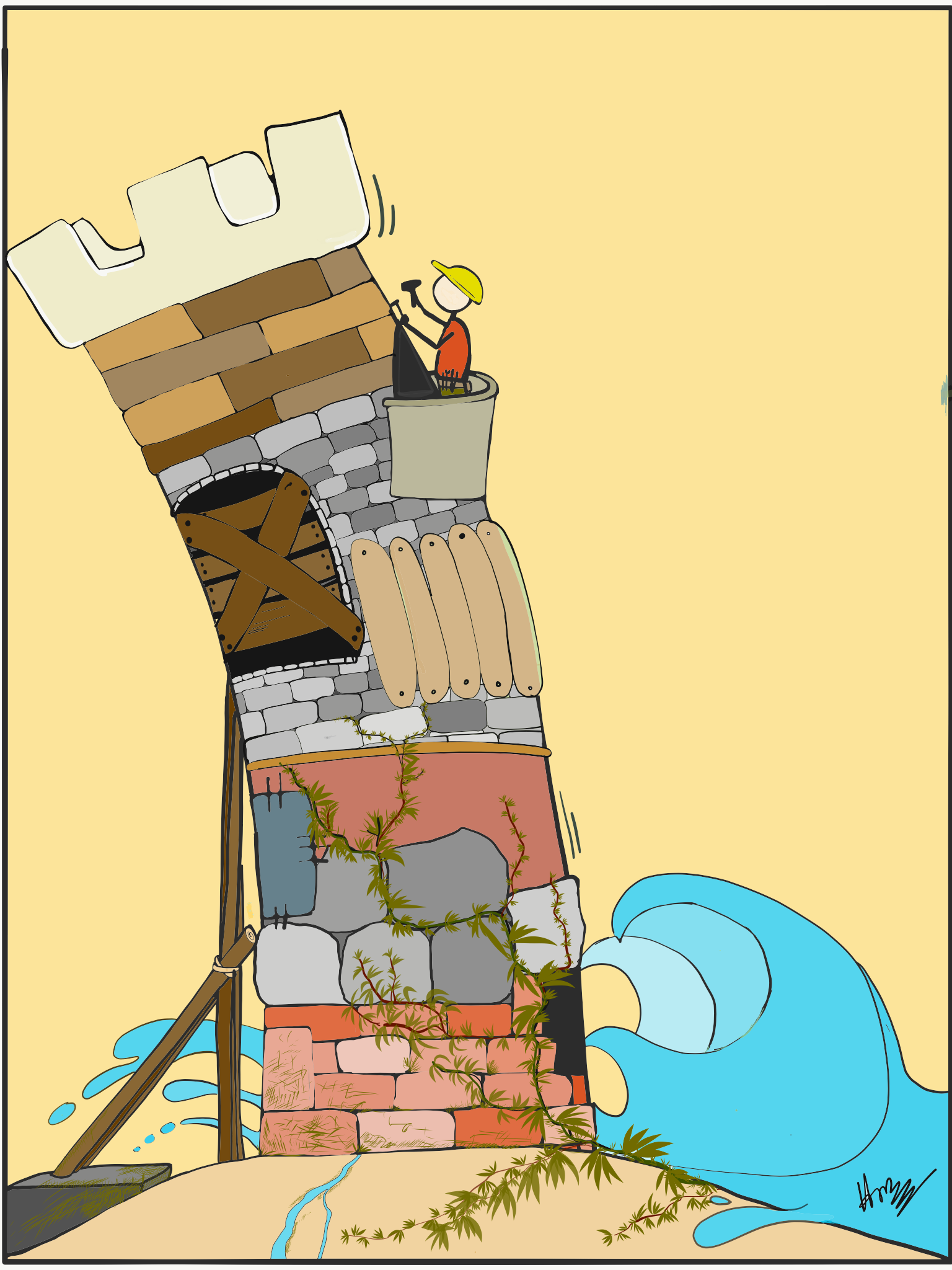
We like doing things after feeling a spark of motivation. I am more likely to take a walk if I first feel like taking a walk. This spark of motivation can be as simple as a fleeting thought – A walk in the park sounds great right now, let me give it a shot. Maybe I will feel calmer.
Once I take the walk and feel good at the end, I am more likely to repeat it. The more I iterate, the less likely I am to find deterrents. After enough iterating, I’m able to take walks at certain points in time without the need to motivate myself to walk. Taking the walk has turned into a habit. This does not mean I’ll never need to motivate myself to walk. A cold day, a hot day or snow can very easily deter me. If by then I’ve built up enough iterations and experienced enough benefit that I feel like powering through even if I don’t feel like it, I am likely to continue taking walks. Forming a habit is one way to generate motivation. Let’s explore another avenue.
Whenever the feeling- “I don’t feel motivated to do X” pops up, what if we turned it into a moment for reflection? We can start with simple questions like-: Is something preventing me from doing it? Am I imagining what it will feel like without doing it? Am I low on vitamin D? Is it daunting? I find that seeing the feeling through has a way of working itself out. Just asking the question feels like progress.
Instead of wanting to go for a walk, I want to stand up first. Then I want to put outdoor clothes on. Then I want to put on shoes. Then I want to step out and lock the door behind me. At this point, I’ve accomplished four different things and built a streak of achieving small goals. I’ve managed to overcome part of the barrier. By breaking the task into parts and lowering the threshold to action, I find that I no longer need to motivate myself to finish the walk in the park.
I believe motivation is a muscle that can be trained and iterating this way can train this muscle.




